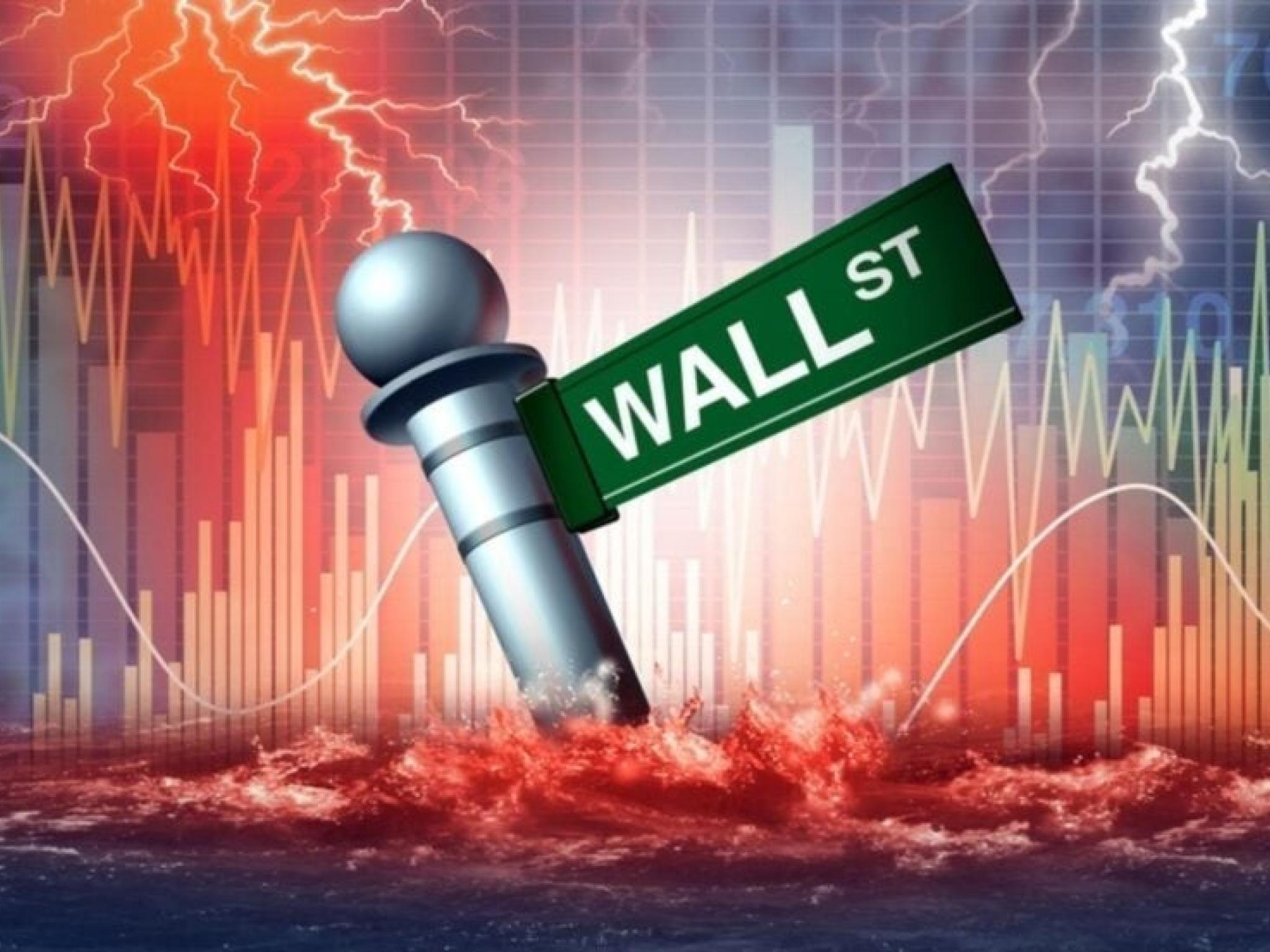S&P 500 Is Trading Like It's 2000—History Shows What Happens Next Isn't Pretty
Author: Piero Cingari | October 16, 2025 10:57am
After racking up a staggering 85% return over the past three years, the S&P 500 is riding a wave of momentum—but its valuation levels now echo the dot-com era, raising questions about whether long-term returns could once again disappoint.
As of today, the S&P 500 Index – as tracked by the Vanguard S&P 500 ETF (NYSE:VOO) – is trading at a forward price-to-earnings ratio of approximately 23—meaning investors are paying 23 times expected earnings over the next 12 months.
Valuations at these levels were last seen in 2000, and the decade that followed delivered weak returns—although the 2008-2009 financial crisis had a profound impact on them.
Is there really a strong link between stock market valuations and future returns? Do high valuations always lead to lower returns down the road—and vice versa?
Can Today's S&P 500 Price Tell You Tomorrow's Return?
Historically, there's a clear trend: when the S&P 500 has traded at elevated forward price-to-earnings ratios, long-term returns have often disappointed.
Periods with forward P/E ratios above 22—roughly where the index sits today—have historically produced 10-year annualized returns between -3% and 3%.
Notably, no instance of valuations above a forward P/E of 24 has ever led to a decade of positive returns.
By contrast, when valuations were in the market’s bottom quintile—typically with P/E ratios below 12 or 13—the S&P 500 went on to deliver strong double-digit gains, averaging 12%-16% per year over the next decade.
In a recent note from VanEck, Brandon Rakszawski, director of product management, said "stretched valuations and heavy exposure may weigh on long-term return potential."
“Investors have been happy to pay that multiple as many companies, particularly the Magnificent 7, have managed to notably expand profits in recent periods,” he added.
Why Are Valuations So High?
Much of the current market's strength can be traced to a handful of dominant companies—especially those in artificial intelligence and technology.
The so-called Magnificent Seven – NVIDIA Corp. (NASDAQ:NVDA), Microsoft Corp. (NYSE:MSFT), Apple Inc. (NASDAQ:AAPL), Alphabet Inc. (NASDAQ:GOOG) (NASDAQ:GOOGL), Amazon Inc. (NASDAQ:AMZN), Meta Platforms Inc. (NASDAQ:META) and Tesla, Inc. (NASDAQ:TSLA) – have posted explosive earnings growth, which has largely justified their rising stock prices.
But the heavy reliance on these few names has pushed the S&P 500 into uncharted territory in terms of concentration.
As of 2025, the 10 largest companies now make up a staggering 40% of the index, up from just 27% at the peak of the dot-com bubble. This level of concentration is unprecedented.
Not a Bubble—But a Market Built on Extreme Concentration
Jordi Visser, head of AI Macro Nexus Research for 22V Research, doesn't call this a bubble—but something potentially more dangerous: a hyper-concentrated system driven by the winners of a K-shaped economy.
"What we are seeing is not a bubble but a concentrated market," Visser said. He noted that the wealth gap has grown stark, with the top 1% of U.S. households owning about one-third of all assets, while the bottom 50% holds just 2.5%.
AI, Visser added, may continue driving gains at the top, but it's also creating a violent divergence in performance.
"The bubble may not be in prices rising, it may be in the gap between what rises and what doesn't," he said.
In his view, the system now "rewards concentration, suppresses volatility, and accelerates intelligence," making it vulnerable to sudden shocks—not traditional recessions.
So What Happens Next?
While stretched valuations aren't necessarily a sell signal, they do warrant caution—particularly when it comes to diversification.
Rakszawski noted that extreme valuations should prompt investors to think twice about overexposure to any one sector or group of companies.
And with the 10 largest firms now dominating both market cap and corporate profits, the risk isn't just in price—it's in concentration.
For now, the rally rolls on. But historical data suggest that the higher valuations climb, the harder it becomes to sustain long-term outperformance.
Read Next:
Photo: Lightspring/Shutterstock
Posted In: AAPL AMZN GOOG GOOGL META MSFT NVDA TSLA VOO





